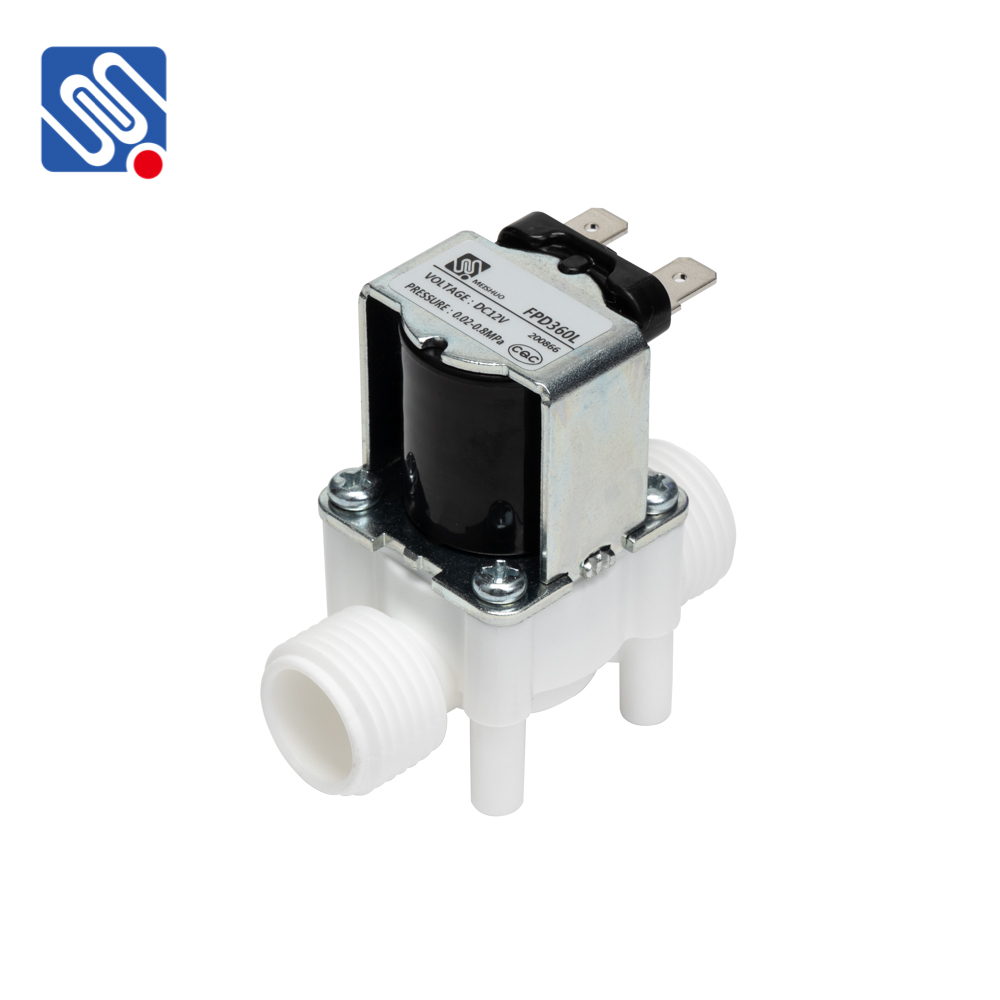An AC solenoid valve is an electrically controlled valve that regulates the flow of fluids in a system. It is an essential component used in various industries for its ability to automate the control of liquid and gas flows without requiring manual intervention. These valves are driven by an alternating current (AC) power source, which energizes a solenoid coil that in turn opens or closes the valve. In this article, we will explore the operation, uses, benefits, and maintenance of the AC solenoid valve.

How Does an AC Solenoid Valve Work? At the heart of an AC solenoid valve is a solenoid, a coil of wire that generates a magnetic field when an electric current flows through it. The solenoid is typically housed within a valve body, and it is connected to a plunger or armature. When AC power is supplied to the solenoid, it creates a magnetic field that moves the plunger, either opening or closing the valve to control the flow of fluid. The operation of an AC solenoid valve is relatively simple. When the valve is in its resting position (normally closed or normally open), the solenoid is not energized, and the valve remains in a specific state. When the AC current is applied, the solenoid becomes energized, causing the plunger to move, and the valve either opens or closes to allow or restrict fluid flow.
Leave a Reply